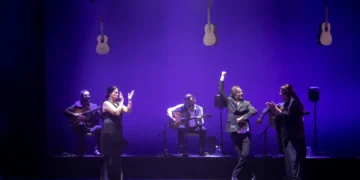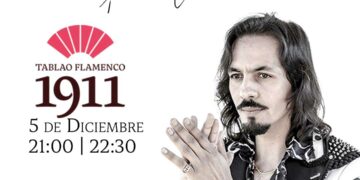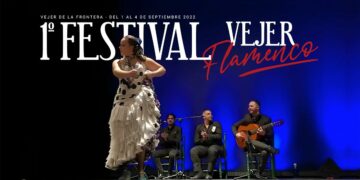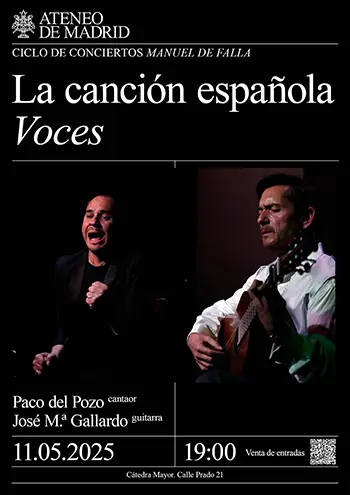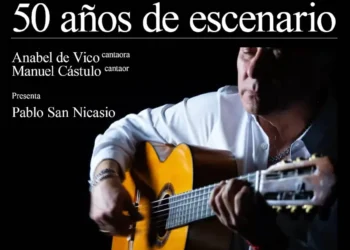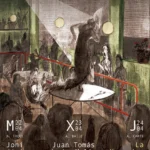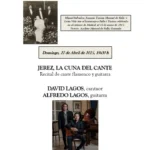|
“Puro” – Farruquito |
||
|
SPECIAL BIENAL DE FLAMENCO DE SEVILLA 2008 Text: Estela Zatania On Friday night, Seville shimmied and shook with the return of the polemic cult figure Juan Manuel Fernández Montoya, “Farruquito”. Just a few years back, the enormous Auditorio Rocío Jurado would have been filled to the rafters, and there would have been crowds in the street looking for tickets at any price. But things happen. Now the king of men’s flamenco dance is a prince in waiting, he’s no longer a youngster but a man of 26, nothing is being handed him on a platter, he has to struggle to defend his admirable vision of flamenco and in fact, nearly half the seats were empty. Since the world premiere of “Puro” I was fortunate enough to attend on July 24th in Palma de Mallorca, some changes have been made. Farruquito’s dynamic racial dance is a constant, known to all flamenco fans, and at this point hardly requires comment. There have been small changes in the performers that don’t much affect the result (one singer was substituted for another, the keyboardist is different…), because the true star of “Puro” is the production. An extravagant montage worthy of a rock concert, with three giant screens that project an excellent video, designer lighting and billowing clouds of smoke that could not be missing. This isn’t Pepe Pinto’s show with Pastora Pavón. The second star is Farruquito who with the sheer force of his personality has managed to stay on course and maintain his artistic integrity amidst the swirl of activity…and of course, his galactic dancing. This dancer thrives on improvisation, it’s how he most efficiently reveals his art to us. The meticulously prepared choreographies that the majority of current flamenco dance stars depend on, are not for him. Not everyone can risk such an approach on the world’s most important stages, but Farruquito can afford to, not only because of his solid background and upbringing, but also because no fewer than seven flamenco singers, all experienced in backing up dance, are an exceptional guarantee. Antonio Zúñiga, Pedro el Granaíno, María Vizárraga, Rubio de Pruna, La Tana, Encarnita Anillo and José Amador; it would be hard not to dance with that collection of voices, not to mention Román Vicenti, Antonio Rey and Juan Requenaon guitar, and Manuel Molina to act as poet and narrator, and delight the audience with his quirky personality. Some flamenco followers turned up their nose when they heard the dancer’s comeback would include violin and keyboard (Bernardo Parrilla and Pablo Rubén Maldonado respectively), a decision which seems to contradict the very title of the work. Generally speaking, “purity” in flamenco has received a lot of bad press lately, and the concept has become deformed. Whether anyone likes it or not, purity in flamenco exists – what’s not entirely clear, is how it should be defined. For the person writing these words, it’s the honest expression of feelings, essence via compás and within the most basic parameters of each flamenco form. In this respect, the young dancer has not compromised one iota. |



 XV BIENAL DE FLAMENCO DE SEVILLA
XV BIENAL DE FLAMENCO DE SEVILLA 


